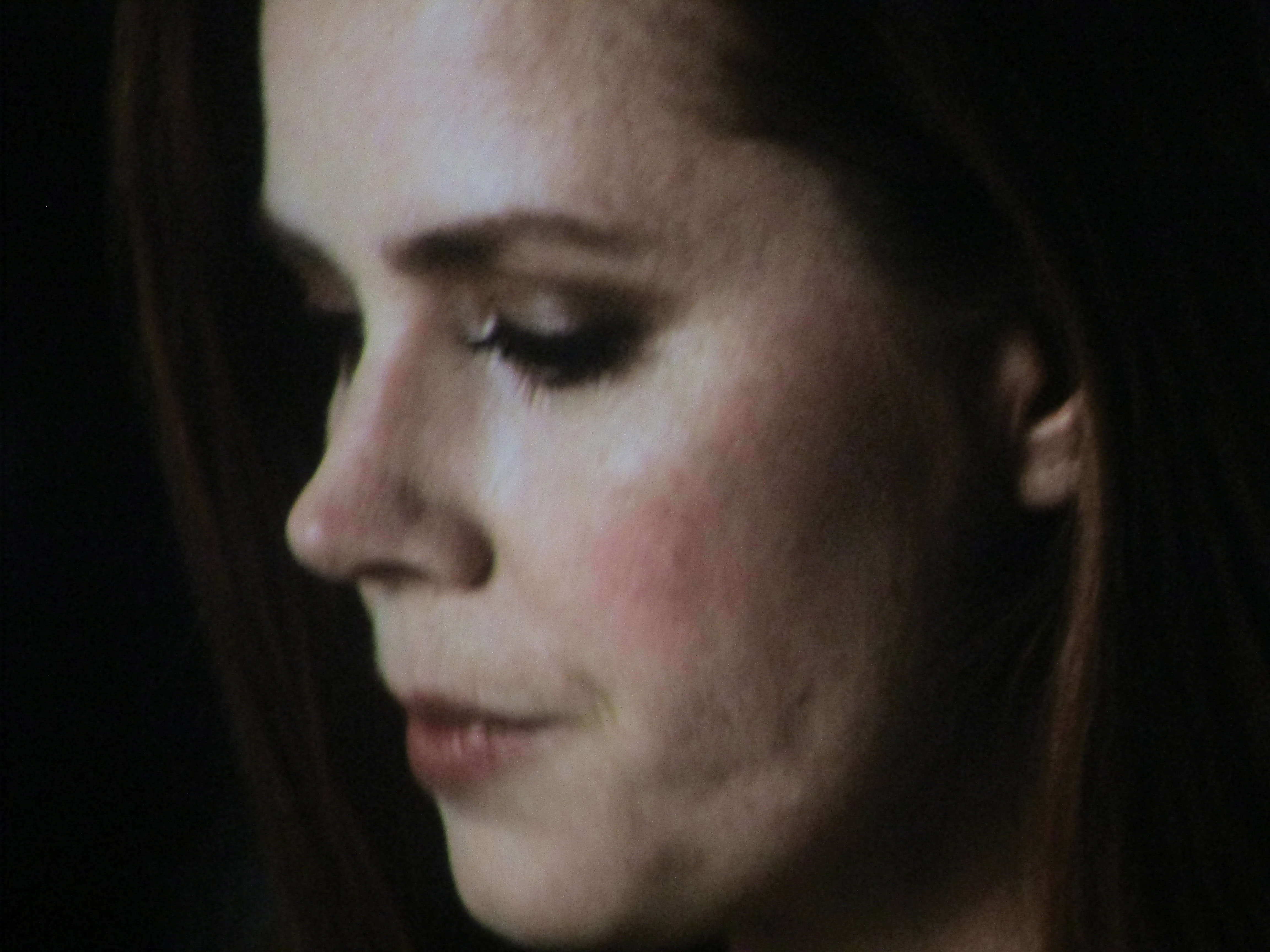NOCTURNAL ANIMALS is a dig through sedimentary layers of style. This is no surprise from designer-cum–director Tom Ford, whose previous film was the brilliant and controlled A Single Man. The excavation starts, during the credits, at the level of outré contemporary art, with a display of flesh that confronts stock ideas of ugliness, then delves into the cold, white, metallic sediment of aesthetic perfection that is another side of the art world, a layer in which L.A. gallerist Susan (Amy Adams) feels herself fossilizing. Superficially, she’s less ossified in the sediment of comfortable elegance that she shares with husband Hutton (Armie Hammer), although the trips he takes to repair their collapsing finances are beards for his infidelity. When her ex-husband Edward sends her a proof of his latest novel, dedicated to her, another sediment is reached, violent, bloody, reproachful, filled with regret, and vengeful.
It is called Nocturnal Animals after Edward’s nickname for her, and Susan reads it at night, awake in bed. Its tale is violent, of a couple and their daughter on the night road to Marfa, the Texas art mecca. It feels in its showing as much like flashback as fiction: that memory and the imagination resemble each other (and that they intermingle) gives the film a disquieting allure, as though reality were a mix-and-match of aesthetic choices, possible worlds, and personal associations. Jake Gyllenhaal not only plays Edward in flashback, as Susan is reminded of him, but also Tony, the protagonist of the novel, as she reads it, in her mind’s eye. Isla Fisher, styled to resemble Adams, is Tony’s wife and Ellie Bamber is their daughter, India, who shares a name with the physically similar India Menuez, who plays Susan’s actual daughter.
About the sort of tragedy unfolds that one would expect on an isolated highway at night, and it ends with a bereaved Tony taking revenge with the help of a rule-bending lawman intent on justice, expertly portrayed by a pinched-mouthed Michael Shannon. The images that enter Susan’s head from the novel are stark and disturbing. There’s a display of female nudes, objectified in death, which, although attributable to the sick minds of their fictional killers, can’t help but reference the fact that Ford, the designer, has been accused of objectification in his own images. That the bodies really are beautiful and that they contrast with the conventionally grotesque one in the credits, throws the moral problem back on the viewer. When Susan is moved by the book to call her real daughter, we see a similar display, of the young woman in bed with a boyfriend, disquieting in its resemblance to what we saw before.
There’s a painting in her gallery that Susan doesn’t remember curating on which “revenge” is spelled out in oversized letters. The novel seems, as filtered through her imagination, to be a sort of revenge upon her for leaving him, or, in her reading of it, her own upon herself for doing so. Edward sent her, with the proof, an invitation to dinner, which she accepts, and we see her in the end over a whisky, and then another, at the restaurant. We have time as she sits there to appreciate how thoroughly Adams has seeped into the corners of Susan’s world, nocturnally aware of the shadings inside of darkness, the white light of fiction, and the slow wearying of the hours as they pass, however engagingly they are spent.
Check listings for viewing options. The film is based on the novel Tony and Susan, by Austin Wright.
